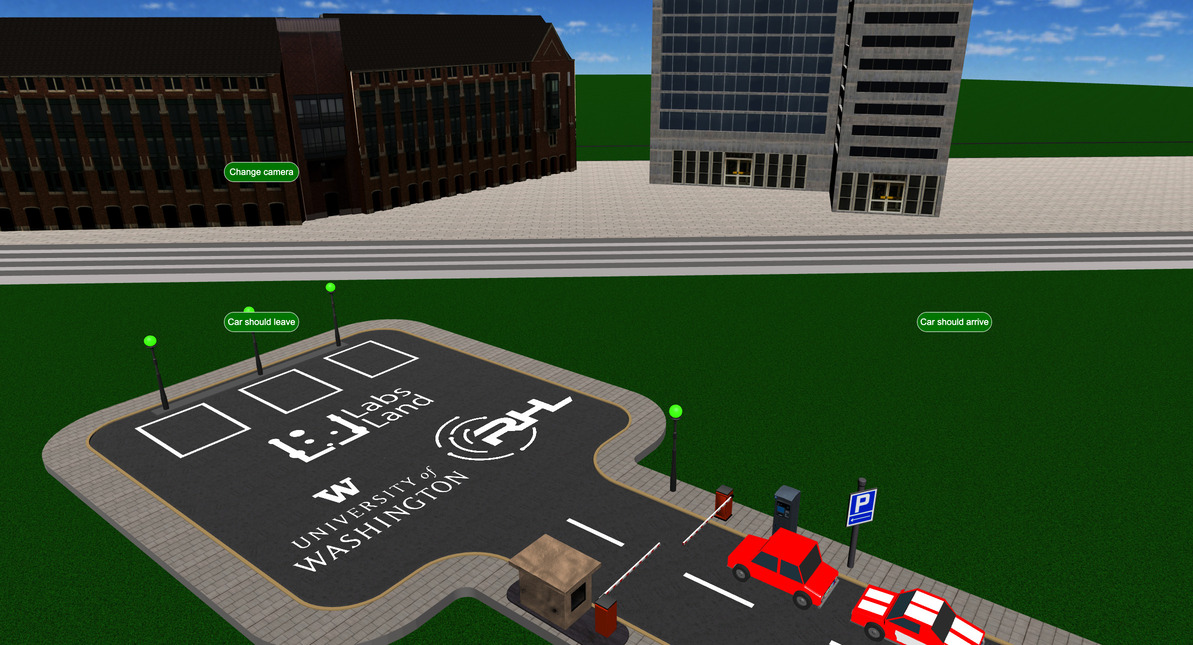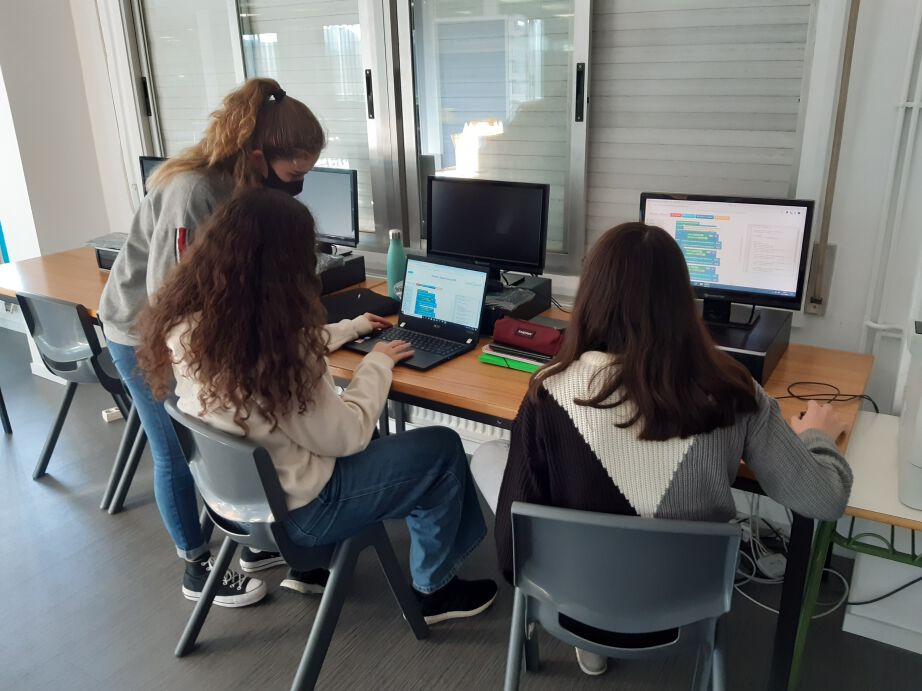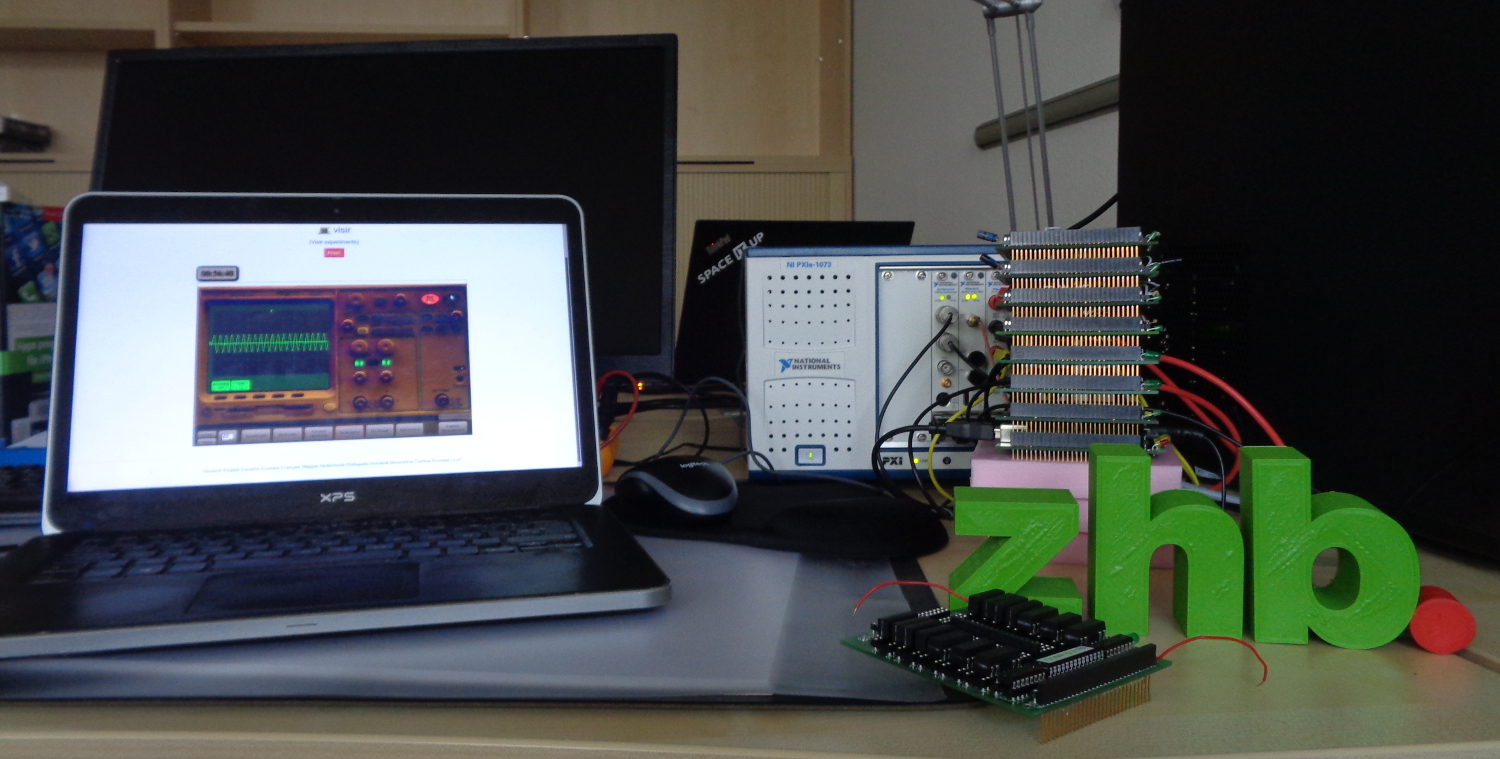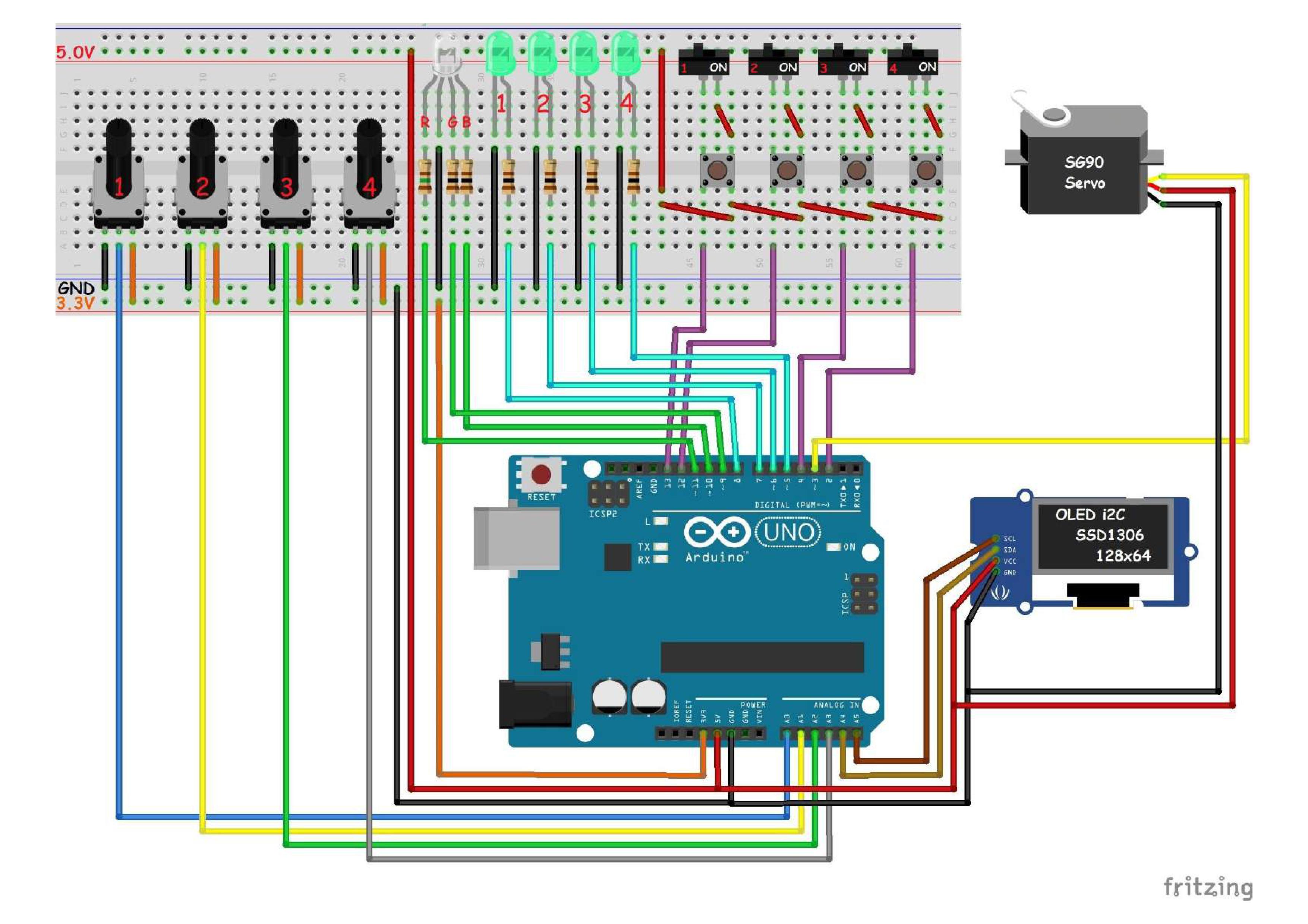Pushing Boundaries in Education
When it comes to labs with programmable devices (such as FPGAs and microcontrollers), both hands-on and remote, there has always been a limit to what students could explore. In the industry, these devices are often used to control complex systems and machines of all kinds, including elevators and factory machinery. However, having these systems in an educational environment for experimentation has been impractical—until now.
OpenHybridAPI is our pioneering initiative to dismantle those barriers. Open Source and hosted on GitHub for the world to access and contribute to, OpenHybridAPI blends remote labs with real, physical devices with digital virtual models, creating a new universe of experimental scenarios.
Why Hybrid Labs?
Hybrid labs combine physical devices, like FPGAs and microcontrollers, with virtual simulations to broaden educational experiments. This integration allows for the exploration of complex systems within a manageable, cost-effective framework, removing the constraints of solely using physical hardware. It enables students to engage with scenarios mirroring real-world applications. All of this without sacrificing realism, since the controller is still 100% real physical device.
For Developers and Innovators
OpenHybridAPI extends beyond a mere tool—it represents an opportunity. This Open Source framework empowers developers, educators, and industry professionals to create their custom simulations within the LabsLand ecosystem. LabsLand’s real remote labs can then control and interact with these personalized virtual environments.
A showcase: The Smart Parking Lot
A great example is the Smart Parking Lot, crafted in collaboration with the Remote Hub Lab at the University of Washington.
The Smart Parking Lot offers a comprehensive web-based simulation featuring a variety of sensors (including car presence sensors and entry/exit sensors), actuators (such as entry and exit barriers), and several indicators. These components are seamlessly integrated with actual physical devices via the OpenHybridAPI system, allowing students to engage directly with hardware like STMicroelectronics microcontrollers or Altera FPGAs. Educators can challenge students to develop the complete logic for managing this smart parking system—a task that is both engaging and enriching. This project serves as a practical application to learn microcontroller usage and demonstrate the ability to tackle real-world problems. The immersive 3D virtual environment of the parking simulation further enhances the learning experience, enabling students to test and refine their logic in a dynamic setting.
In the following video, we can see how a real STM32 board is connected to a simulation that is visualized in the student’s web browser. Students will therefore write code that connects certain GPIOs (that are internally connected to the simulated parking lot) and that will run in the STM32 microcontroller. So for example it will be notified through a GPIO that there is a car waiting to enter, and it will open the gate accordingly through another GPIO, or it will turn on or off the LEDs to let the student know that the parking spot is taken.
Stepping into Virtual Reality
Pushing the boundaries even further, we’re integrating VR technology to fully immerse students and educators in their creations. Our VR-ready prototype showcases the vast potential for advanced, immersive learning experiences, setting the stage for future educational innovations. Powered by a range of VR goggles, including popular models like the Meta Quest or HTC Vive, this setup offers a versatile platform for exploring virtual environments, providing an unparalleled depth to the learning experience.

Collaborate with us
At LabsLand, we’re not just creating remote labs; we’re reinventing the educational experience. We invite you to collaborate with us using our open-source tool, OpenHybridAPI, designed for creating virtual models for remote labs. Whether you’re interested in collaborating, purchasing remote labs, or developing hybrid remote labs using our tools, we’d love to hear from you. Contact us at contact@labsland.com and join us in bringing innovative learning solutions to life.




